Laurence Llewelyn-Bowen's Men of Fashion
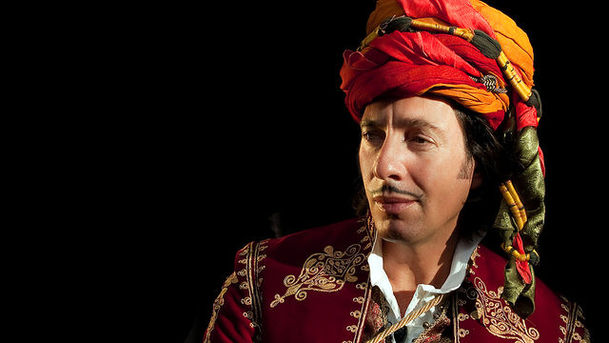
Series in which Laurence Llewelyn-Bowen tells the story of dandyism and male peacockery through the ages
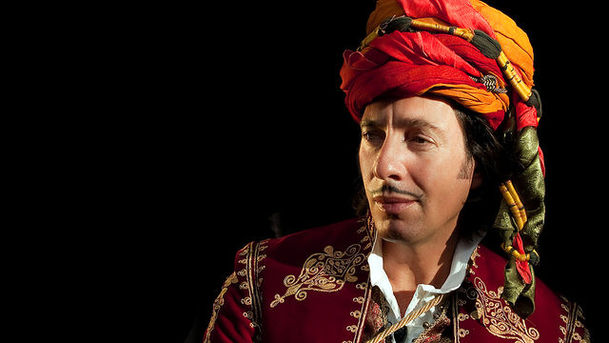
Laurence Llewelyn-Bowen's Men of Fashion - Beau and Byron - The Romantic Rebellion
Lord Byron, unwitting author of Romantic dress, famously sat for a portrait in the costume of an Albanian nobleman. Laurence robes up similarly to commune with the poet.
Details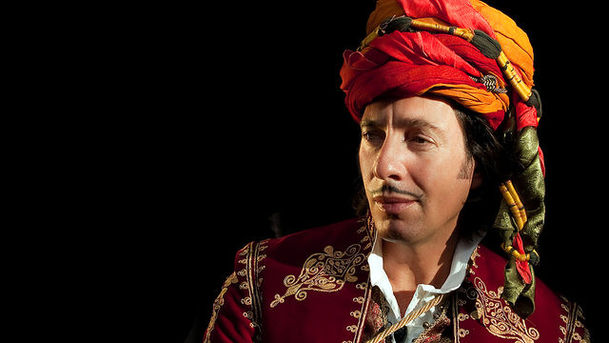
Laurence Llewelyn-Bowen's Men of Fashion - Beau Brummell - The Dandy Style
Laurence Llewelyn-Bowen tells the story of dandyism and male peacockery through the ages. What was the dandy style and why did the men of St James's do it so very well?
Details
Laurence Llewelyn-Bowen's Men of Fashion - Beau Nash and the Rise of the Middling Sort
Laurence visits Bath, the setting for the 18th-century revolution in men's clothing where Beau Nash's Rules open society to men who are well dressed, not just well born.
Details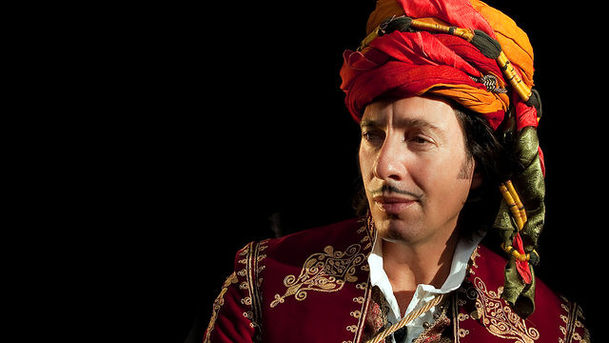
Laurence Llewelyn-Bowen's Men of Fashion - Cary Grant - The Influence of Hollywood
In a small screening theatre, Laurence and fashion journalist Bronwyn Cosgrave celebrate the stars and the movies that have redefined mens' fashion, from Clark Gable to Mad Men.
Details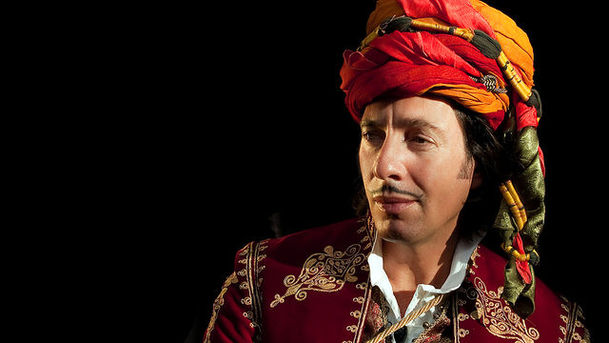
Laurence Llewelyn-Bowen's Men of Fashion - Charles II - Fashion Restored?
The restoration of Charles II seems to signal a return to the old sartorial order, and the court begins to lose its grip on men's fashion.
Details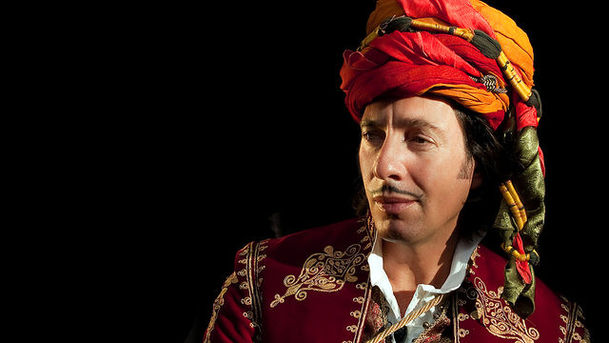
Laurence Llewelyn-Bowen's Men of Fashion - Henry VIII - The King Must Wear Gold
Laurence Llewelyn-Bowen tells the story of dandyism and male peacockery through the ages. For Henry, clothes were the embodiment of nation.
Details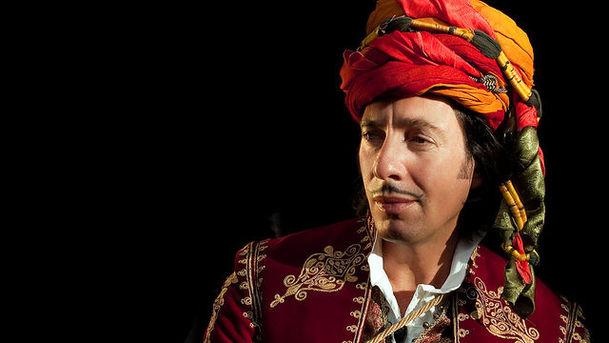
Laurence Llewelyn-Bowen's Men of Fashion - Men in Black - The Funereal Victorians (and Oscar of course)
Why did Victorian men dress as if attending a funeral? Men in black embodied power and serious purpose yet also democratised fashion forever.
Details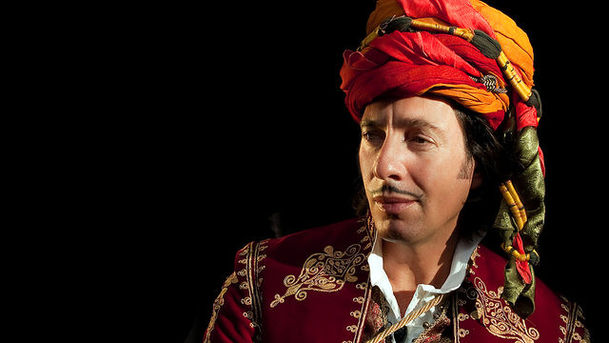
Laurence Llewelyn-Bowen's Men of Fashion - Men in Uniform - Nation and Empire Resplendent
Military uniform was not always about camouflage, it provided men with some of the most vibrant, flattering clothing available.
Details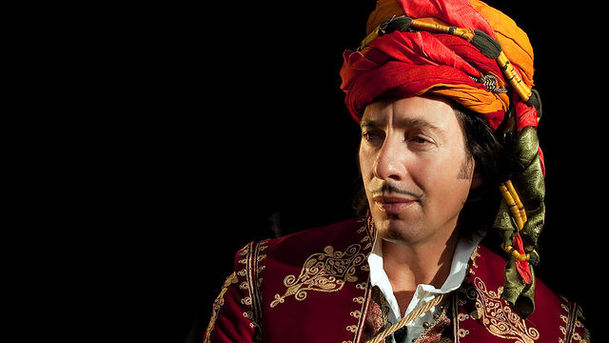
Laurence Llewelyn-Bowen's Men of Fashion - Sporting Gents - The Prince of Wales Plays Golf
The Prince of Wales set trends both on and off the golf course, and men have been moving towards increasing informality ever since.
Details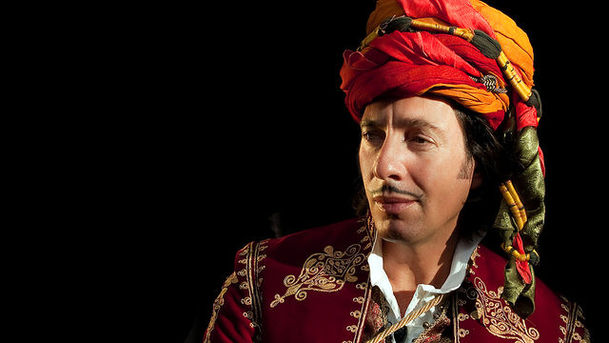
Laurence Llewelyn-Bowen's Men of Fashion - Teddy Boys - Fashion for the Youthquake
In the 1950s, working-class men set the fashion agenda for the first time when Teddy Boys aped and subverted the styles of their social superiors with the New Edwardian look.
Details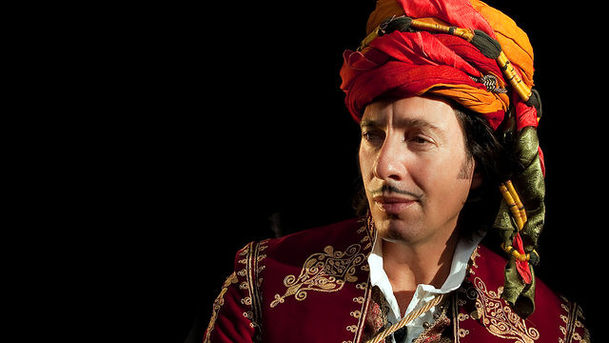
Laurence Llewelyn-Bowen's Men of Fashion - The Clothes We're In - The State of Men's Fashion Now
In women's fashion the hemline acts as a social barometer; Laurence finds out what men's fashion says about the state we are in.
Details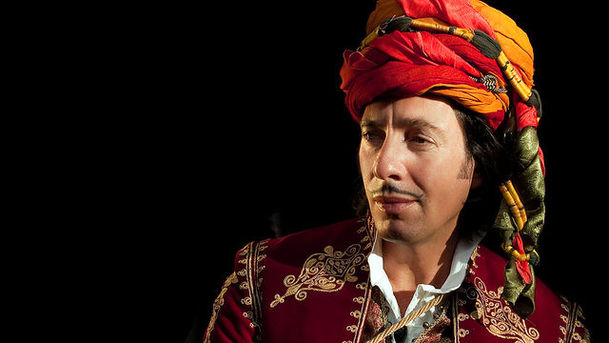
Laurence Llewelyn-Bowen's Men of Fashion - The King's Road - Granny Takes a Trip...into Punk
The story of how fashion and music formed an insoluble partnership, from the influence of Elvis Presley to the pretty hippies and the punks of the King's Road. With Malcolm McLaren.
Details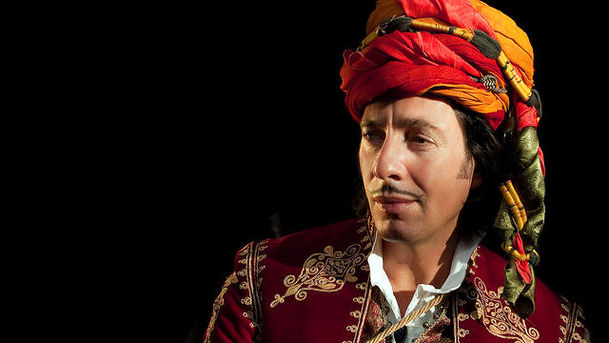
Laurence Llewelyn-Bowen's Men of Fashion - The New Man? Fashion in the 80s
First the New Romantics, then the arrival of big hair, big shoulders, big salaries and big hangovers. How did fashion in the 1980s reflect the greedy consumerism of the times?
Details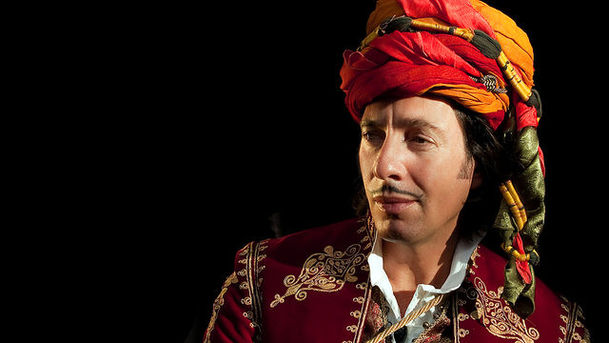
Laurence Llewelyn-Bowen's Men of Fashion - The Stuart Kings - The Crisis in Fashion
Men's clothing at the court of Charles I, sumptuously portrayed in the paintings of van Dyck, radiated confidence. Yet also written in the clothes were all the tensions of the age.
Details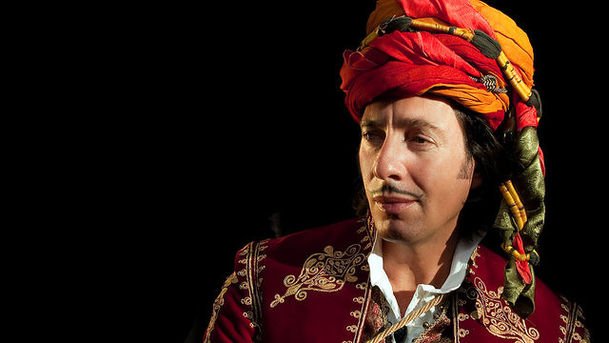
Laurence Llewelyn-Bowen's Men of Fashion - The Tartan Titan and the Highland Fashion Cult
Laurence Llewelyn-Bowen tells the story of dandyism and male peacockery through the ages. By the 19th century, tartan and the kilt had gained cult status.
Details